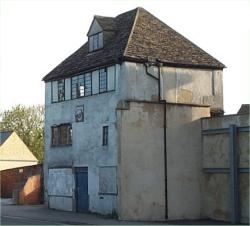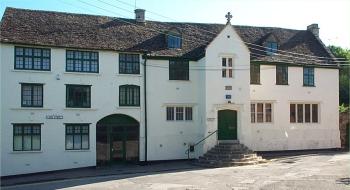

 |
 |
||||||||
| The Public Buildings of Dursley | ||||||||
|
Like any other market town, Dursley has seen its fair share of buildings which have been constructed for the use of the public. In the context of this section "public" denotes those which have an official function, such as the Market House or which provide a service or utility such as the Fire Station, Police Station, Post Office or Library. Commercial enterprises such as cinemas and the swimming pool are also included as they serve as gathering places for the residents of the town. Churches and schools are treated separately and can be viewed by clicking on the links. |
||||||||
 |
Pride of place in the town, and dating from 1738, is the Georgian Market House, also referred to as the Town Hall, which purpose its serves. Situated centrally at the intersection of Long Street, Parsonage Street, Silver Street and, more recently, Castle Street, it stands as the symbol of the town. However, at one time, even this building was under threat of demolition for road widening purposes before it was decided in 1959 to remove the buildings which fronted St. James Church instead. | |||||||
|
Weaver's House, May 4th 2003 |
||||||||
| Other significant buildings still present in the town are The Priory at the bottom of Long Street, Eagle House - the Lloyds TSB Bank building near the Market House and The Weavers House on Castle Street which is to be renovated (2003) and renamed "Jacob Stiff House". Of more recent construction is the fine swimming pool on Castle Street. Two buildings now lost to the town are the Drill Hall in Boulton Lane and the Dursley Workhouse in Union Street. | ||||||||
| It is sobering to think that though Dursley was not materially affected by World War II and no buildings were lost to enemy action, subsequent years have not been so kind. "Progress" and a lack of a coordinated plan for the town during the 1950's and 1960's have had a much more lasting effect on its architectural fortunes. |  |
|||||||
|
The Priory, Long Street, May 2003 |
||||||||